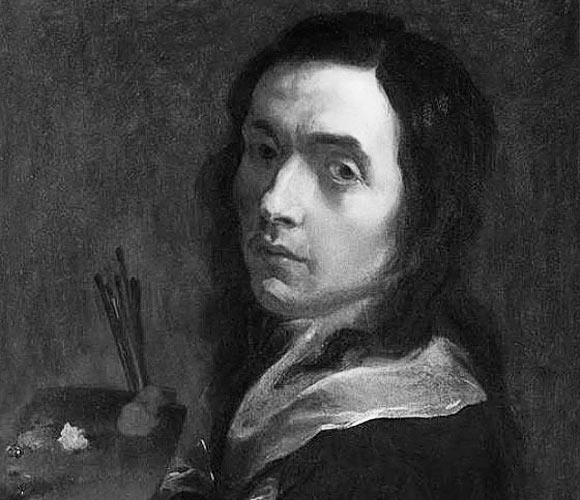Guillaime Courtois

Guillaume Courtois, also known as Guglielmo Cortese, was a distinguished 17th-century French-Italian Baroque painter celebrated for his dynamic compositions and expressive use of color. Born in 1628 in Saint-Hippolyte, France, Courtois moved to Rome as a young artist, where he was heavily influenced by the dramatic styles of Caravaggio and the Roman Baroque. His works, such as “The Martyrdom of Saint Stephen” and “Saint George and the Dragon,” are noted for their vigorous movement, dramatic lighting, and emotional intensity.
Courtois excelled in religious and historical scenes, often depicting heroic figures and dramatic narratives with a powerful sense of realism and energy. His talent for capturing the human form in action, combined with his rich, vibrant palette, made his paintings stand out in the competitive artistic circles of Rome. He also worked as a fresco painter, contributing to numerous churches and palaces, showcasing his ability to handle large-scale compositions with skill and precision.
Although not as widely known as some of his contemporaries, Courtois’ work was highly regarded during his lifetime, and his influence can be seen in the works of later Baroque painters. Today, his art is appreciated for its dynamic style and masterful storytelling, reflecting the vivid spirit of the Baroque period.
Paintings from Guillaime Courtois
-

David and Goliath
Price range: 29,00 € through 89,00 €This product has multiple variants. The options may be chosen on the product page